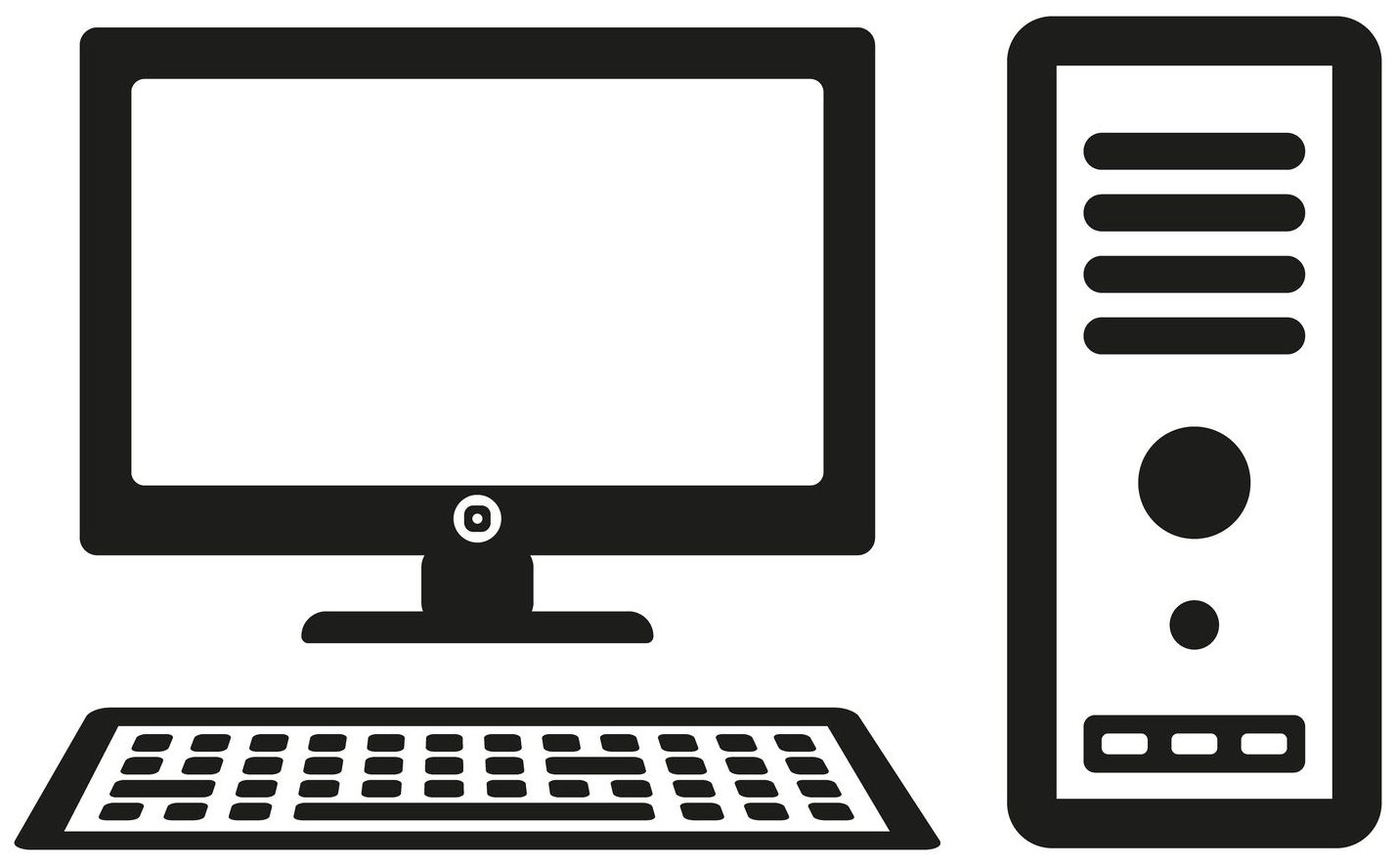
We live in a world where leveraging technology has become key to our lives. And today one of the most important of those technologies is WiFi. We use WiFi every day. Each of us who owns a smartphone or another type of smart device relies on WiFi to keep us both connected and informed. However, WiFi isn’t without its shortcomings. So, what are the advantages and disadvantages of relying on WiFi?
Mobility
One of the major advantages of WiFi is that it can be used on the go. People are more mobile than ever before, and WiFi allows us access to information wherever we are. Broadband and wired technology are limiting – they can only be used in a certain area. However, you can use WiFi no matter where you are.
Often (for example while travelling) you simply will not have access to Broadband or a wired network. That is when WiFi comes in useful. You can use it outside of your home or office – and you can even use it while travelling internationally. Most devices these days have built-in WiFi capability, making them easier to use than ever before.
Convenient
Access to wired tech can be problematic – WiFi, on the other hand, is hassle-free. You are freed from the necessity to use cables when connecting to other devices. And with common standards, your device can use multiple WiFi networks.
With WiFi, you can share files and even share Internet access with family, friends, and co-workers, without the need for cables – or having to fiddle with settings. For those who are not technologically savvy using a LAN can be a nightmare, WiFi makes connecting easy – no matter where you are.
Enjoy Multiple Connections
WiFi can enable you to connect to up to 30 devices at the same time. This may be less than A LAN or other wired choices Sometimes up to 100 devices) – but it’ll be sufficient for most uses – especially when you are away from the home or office. It should also be taken into account that if you want to use a LAN or wired connection you are going to need a huge number of cables. You’ll also have to take into account the various types of connectivity. If you are a headteacher of a school you may want to learn about the rules pertaining to WiFi for schools.
Worth Noting
WiFi has proven itself over time. It is simpler to use than the wired connections in the typical network. Devices are easy to find – and problems are usually easy to solve. It also doesn’t have the compatibility issues that plague wired networks.
Cost
Deploying a WiFi network is extremely cost-effective. There’s no need to purchase a router or additional cables and adapters. Those cost savings can impact your bottom line.
Compatibility Issues
WiFi enables different devices to ‘talk’ to each other with a minimum of fuss and bother. Even if you are in a foreign country the backbone of the WiFi network will remain the same. In contrast, even something as simple as a port can provide a challenge when travelling.
Tasks as simple as printing a document can be challenging when using a wired network. You’ll need cables or at the very least a USB stick. With WiFi, you simply connect directly to the printer and start your print job. There are no compatibility issues.
Feature Rich
It provides a solution to most problems. You can share files, cast your device screen to a monitor or TV – it can even make voice calls simpler. You can also control other WiFi devices.
The Internet of Things (IoT) means that we live in a world that is reliant on connectivity and the ability of many different devices to communicate. WiFi simply makes that easier.
Making the Most of Opportunities
The growing importance of WiFi has provided manufacturing and development companies with increased opportunities. Many of those companies are experiencing rapid growth due to products and services that take advantage of the IoT.
Gaming has now become big business – bigger than Hollywood and many sports franchises. Developing games that allow multiple players to take part is made simpler through the use of WiFi – and the rapid development of gaming technology is proof that WiFi is changing our lives.
